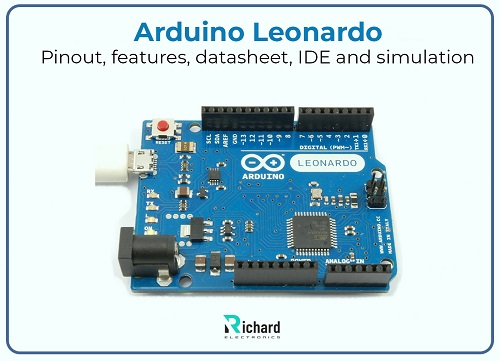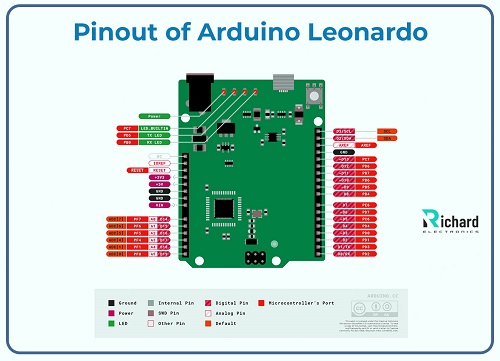Injection Molded Plastics Housing,Abs Plastic Housing ,Injection Molded Housing,Custom Plastic Housing Dandong Jinggong Heat Preservation Appliance Factory , https://www.jgplastic.com
Arduino Leonardo is a versatile and powerful microcontroller board that stands out for its ability to emulate a mouse or keyboard without requiring additional libraries. It features 20 digital I/O pins, 7 of which support PWM output, and 12 analog input pins. Additionally, it offers support for UART, SPI, and I2C communication. Let's explore its history, pinout, datasheet, features, IDE, and simulation.

### History of Arduino Leonardo (A000057):
- In 2012, the Arduino Leonardo was introduced as part of the Arduino series to expand the family of Arduino microcontroller boards.
- Based on the ATmega32u4, it includes native USB support.
- The Arduino Leonardo was the first Arduino board to offer native USB communication without the need for an external USB-to-serial adapter chip.
- Designed for advanced projects where direct interaction with a computer via a USB port is required.
- Fully supported by the Arduino IDE, making it easy to program.
- It includes USB HID capabilities, which differentiate it from previous Arduino boards.
- Due to its versatility and unique features, it is widely used in professional prototyping and educational environments.
### Pinout of Arduino Leonardo:

#### Digital Pins:
- **D0-D13**: Pins 0 and 1 are used for serial communication (RX and TX). Other pins are general-purpose digital I/O.
- **PWM Pins**: Pins 3, 5, 6, 9, 10, and 11 support pulse width modulation.
- A detailed table provides information about each digital pin, including their type, name, and function.
#### Power Pins:
- **GND**: Ground pin used to complete circuits.
- **5V**: Provides regulated 5V power through USB or external power supply.
- **RESET**: Used to reset the microcontroller board.
- **VIN**: Input voltage pin for 7V–12V.
- **AREF**: Analog reference pin.
- **3.3V**: Provides regulated 3.3V power.
#### Specific Pins:
- **Interrupt Pins**: Used for external interrupts.
- **Pin 13**: Connected to an onboard LED.
- **SPI**: Used for SPI communication (MOSI, SCK, MISO).
- **I2C Pins**: Pins 2 and 3 are used for I2C communication (SDA and SCL).
#### Analog Input Pins:
- There are 12 analog input pins (A0–A5), which can also be used as digital I/O pins. They support 10-bit resolution and operate between 0V and 5V.
### Datasheet of Arduino Leonardo:
Technical specifications are essential for understanding the capabilities of the board. You can download the Arduino Leonardo datasheet by clicking the button below:
[Download Arduino Leonardo Datasheet](#)
Here are some key technical specifications:
| Parameters | Technical Specifications |
|------------|--------------------------|
| Microcontroller | ATmega32u4 |
| Flash Memory | 32 KB (4 KB used for bootloader) |
| Operating Voltage | 5V |
| Weight | 20 grams |
| SRAM | 2.5 KB |
| Length | 68.6 mm |
| Digital I/O Pins | 20 general-purpose digital pins |
| Width | 53.3 mm |
| Input Voltage | 7V–12V |
| PWM Pins | 7 PWM pins from 20 digital I/O pins |
| EEPROM | 1 KB |
| Analog Input Pins | 12 analog input pins |
| LED Pin | Pin 13 is used for the built-in LED |
The Arduino Leonardo is a powerful and flexible board ideal for a wide range of applications, from simple projects to complex systems. Its native USB support, combined with the ease of use provided by the Arduino IDE, makes it a popular choice among hobbyists and professionals alike. Whether you're building a custom keyboard, a game controller, or a more advanced automation system, the Arduino Leonardo offers the tools and flexibility needed to bring your ideas to life.